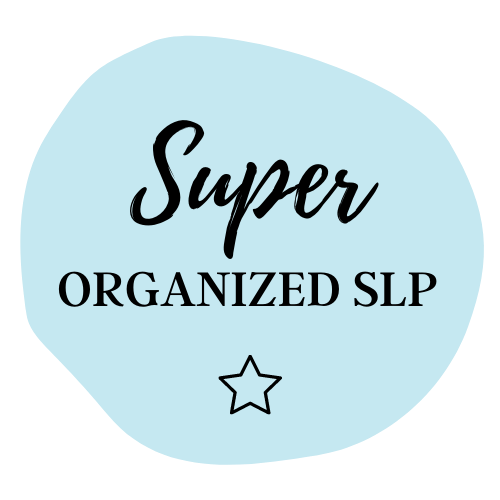
Module 4, Lesson 4: Writing the IEP
This is it! Our last module… It’s time to put together the tools from the previous lessons and write that IEP. A few things to remember:
1. One week. Write the IEP a week before the meeting date. You will thank me for this advice later. Trust me. If your district allows, I recommend sending home the IEP “DRAFT” in advance as well.
2. Teacher input. Use the teacher input you received to write out the present levels. Determine the teacher’s biggest areas of concern and consider writing goals based on these areas.
3. Parent input. Include the parent input in the IEP. Use the family’s priority goals to help you determine goals for the student.
4. Informal assessments & progress monitoring. Use the results of progress monitoring and informal assessments to report on the students’ present levels and baseline levels for upcoming goals.
5. Goals. If my doctoral research taught me nothing else, it is that progress depends on data. Data can be qualitative or quantitative, but it must be measurable in some way. If you cannot determine a baseline, then you should not write a goal in that area. If you decide to wait to write goals until the meeting (some districts require this), then come into the meeting prepared with several ideas based on baseline levels.
6. Accommodations. You should know by now which accommodations and modifications are needed for the student to be successful in accessing the curriculum. These include actions by staff (e.g., “teacher repetition of directions), allowances for students (e.g., “extra time to complete assignments”), and assistive technology tools (e.g., “text to speech, pencil grips. fidgets, speech to text”). Use this Accommodation list to brainstorm whether the student needs additional accommodations/modifications.
7. Share. Share a copy of the DRAFT IEP with the IEP team (if allowed by your district) in advance so that everyone can look it over before the meeting.
8. After the IEP. There is still work to do after the IEP. Don’t forget to finalize your paperwork and meeting notes, send them home, and put copies into your cum and working files. Archive old data and create new datasheets for your students (and include them in their folders if you are using paper versions). Create a new IEP at a Glance for this year’s classroom teacher and save another for next year’s teacher.
Use the IEP checklist form (here or below) that I have created or make your own to help you systematically plan and execute your paperwork and scheduling. Attach the form to the student’s file on your desk. Or copy and paste it into a template for Google Keep, Asana, or Trello. And once that entire list is checked off…frame it and show it to everyone who thinks that SLPs have an easy job!
Resources for this lesson:
- Teacher input forms (see Module 4, Lesson 2)
- Parent input forms (See Module 4, Lesson 2)
- Informal Testing (See Module 4, Lesson 3)
- Data collection forms (See Module 2, Lesson 1)
- Accommodation list
- IEP Checklist
- IEP Checklist
Homework
- Create your own IEP checklist.
Link to ROADMAP for all lessons.